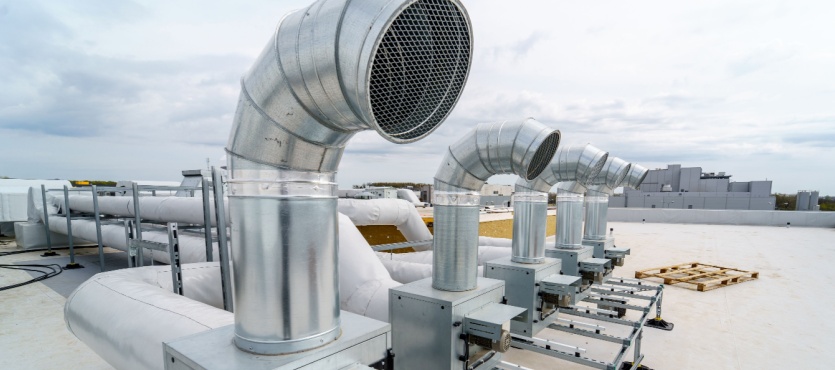Heating, ventilation, and air conditioning (HVAC) systems are the silent workhorses of commercial buildings—regulating temperature, managing humidity, and maintaining air quality day in and day out. But like any mechanical system, they have a lifespan. Over time, even well-maintained HVAC systems lose efficiency, develop costly problems, or fail to meet modern performance expectations. If you’re managing an older property or facing rising utility costs, it may be time to consider a retrofit.
An HVAC retrofit involves upgrading key components of an existing system rather than replacing it entirely. This approach can offer significant improvements in performance, reliability, and energy efficiency—without the cost and disruption of full replacement. But how do you know when it’s the right time?
Rising Energy Bills
One of the first—and most noticeable—signs that your HVAC system may need a retrofit is an unexplained increase in energy costs. As equipment ages, it becomes less efficient and requires more energy to maintain the same level of performance. Worn-out motors, outdated control systems, and failing components can all contribute to higher consumption. Retrofitting with modern, energy-efficient parts such as variable frequency drives (VFDs), smart thermostats, or upgraded compressors can help reverse this trend and lead to long-term savings.
Inconsistent Temperatures and Comfort Complaints
If certain areas of your building are consistently too hot or too cold—or if tenants and occupants are frequently submitting comfort complaints—it may be a sign your HVAC system is struggling to distribute air properly. Older systems often lose their ability to maintain balanced airflow, especially if they were designed for past occupancy patterns or equipment loads. Retrofitting allows for ductwork modifications, zoning adjustments, and updated controls that restore balance and improve comfort.
Frequent Breakdowns or Repairs
As HVAC equipment nears the end of its service life, breakdowns become more frequent and repairs more expensive. If you’re calling for service more often than usual—or replacing major parts like compressors, coils, or fans—it’s a red flag. While a full system replacement might be required in some cases, a retrofit can often resolve reliability issues by targeting the components causing the most problems, extending the life of the overall system.
Outdated Technology or Controls
If your building is still using manual thermostats, outdated control panels, or legacy equipment that lacks energy management features, it’s likely your HVAC system isn’t operating as efficiently as it could. Today’s advanced HVAC controls allow for real-time monitoring, remote adjustments, predictive maintenance alerts, and intelligent energy use—all features that can be incorporated during a retrofit. Upgrading your controls can yield fast ROI and make your building more responsive and efficient.
You’re Planning a Renovation or Occupancy Change
HVAC systems are designed to match the building’s original layout and usage. But if you’re renovating, expanding, or changing how the space is used—such as converting offices into coworking space or opening a restaurant in a retail shell—the existing HVAC system may no longer be suitable. A retrofit allows you to realign system performance with your building’s new demands without starting from scratch.
Making the Retrofit Decision
Deciding whether to retrofit, repair, or replace an HVAC system requires a careful evaluation of your current equipment, building needs, and long-term goals. A professional assessment will consider the age of your system, current performance levels, energy usage patterns, and code compliance issues. In many cases, a targeted retrofit provides a cost-effective way to address performance issues, improve tenant satisfaction, and lower operational costs—without the disruption of a full system replacement.
When to Call a Professional
If you’ve noticed any of these signs—or if your building’s HVAC system is over 15 years old—it’s worth speaking with an experienced mechanical contractor. A skilled team can assess your system, identify the most valuable upgrades, and develop a retrofit plan that maximizes ROI while minimizing downtime.
In South Florida’s demanding climate, your HVAC system can’t afford to fall behind. To discuss retrofit options or schedule an evaluation, call Aquarius Air Conditioning & Refrigeration at (786) 592-1943.

